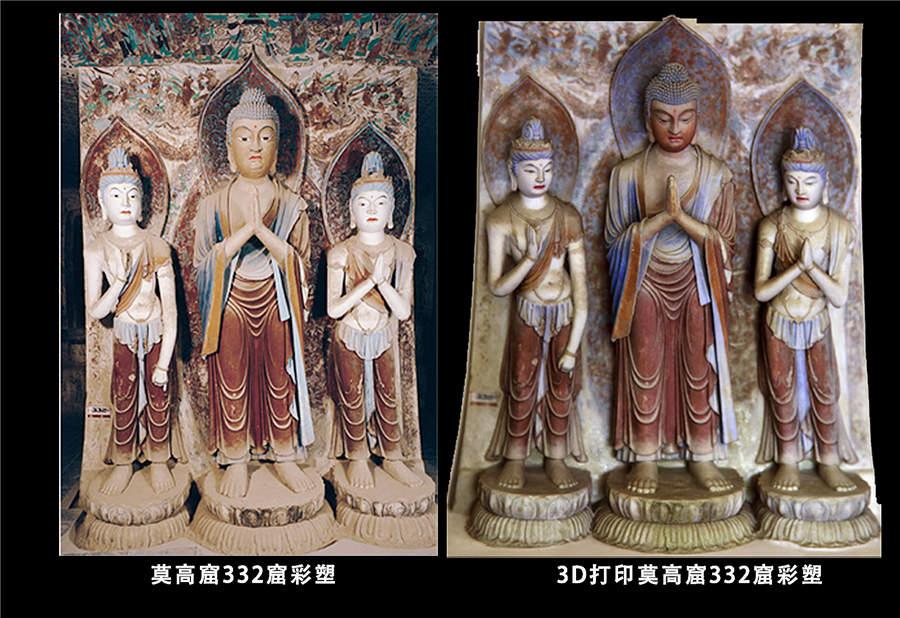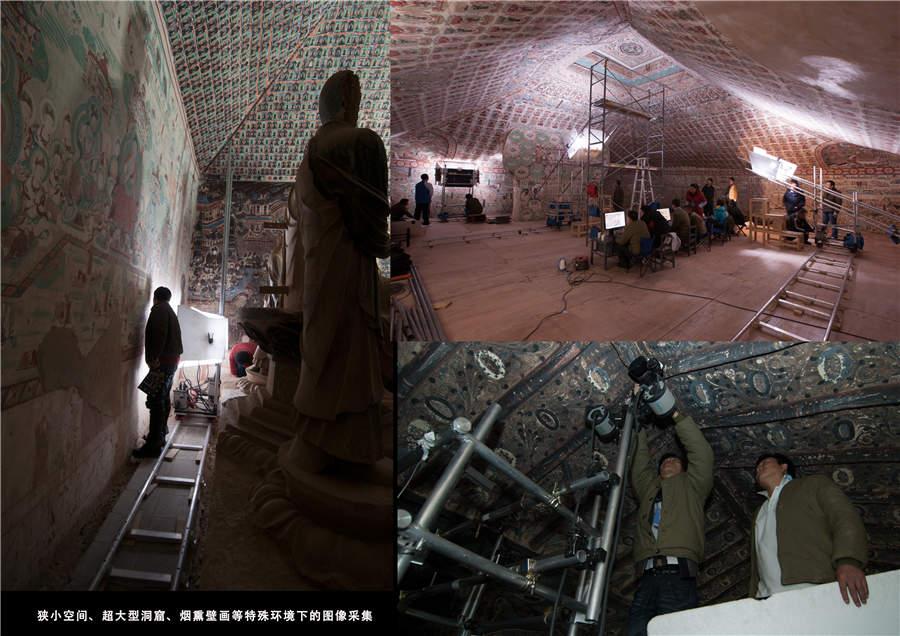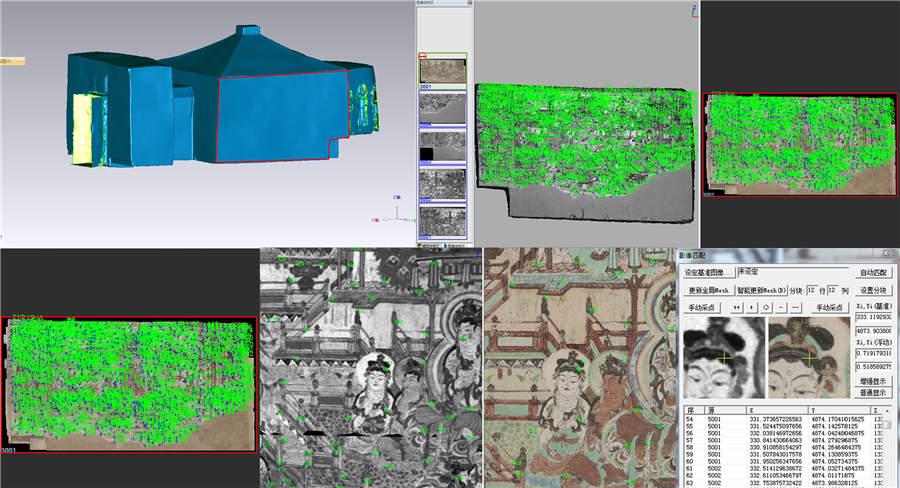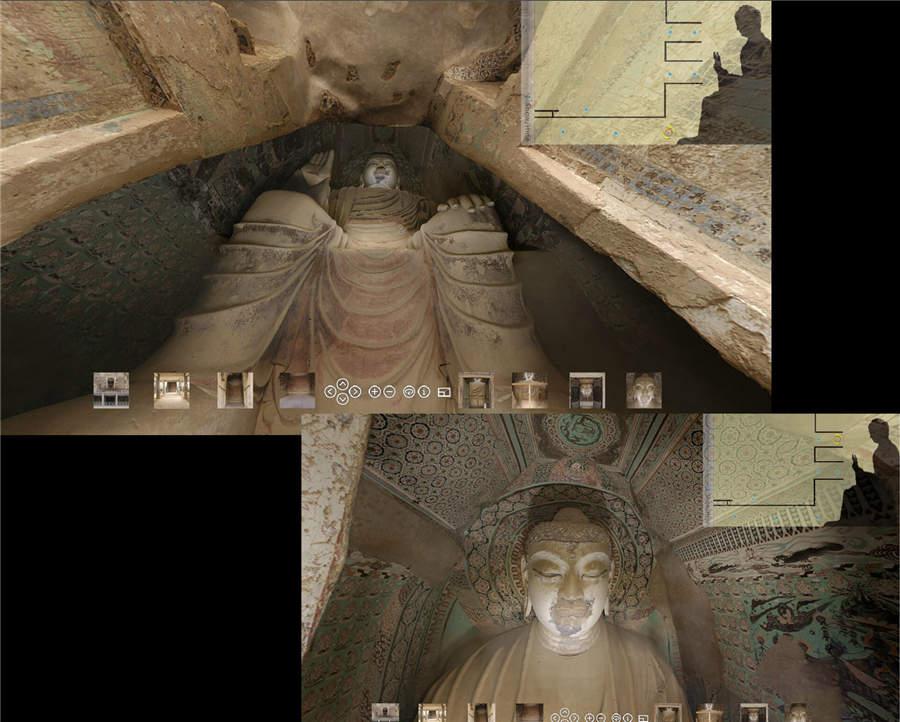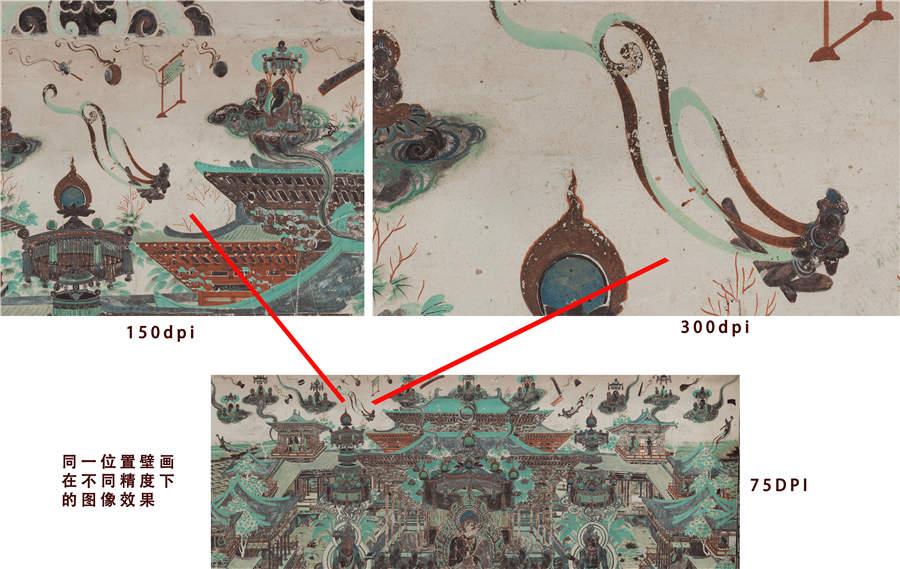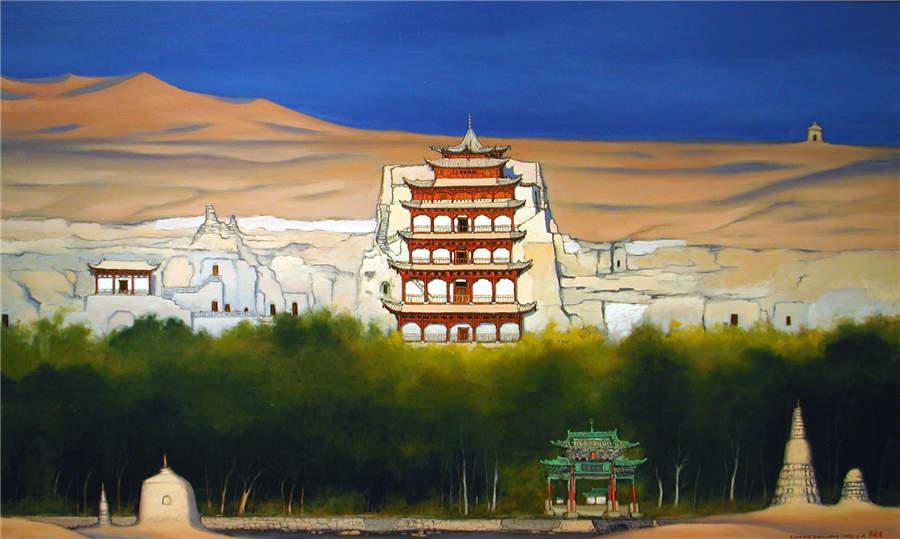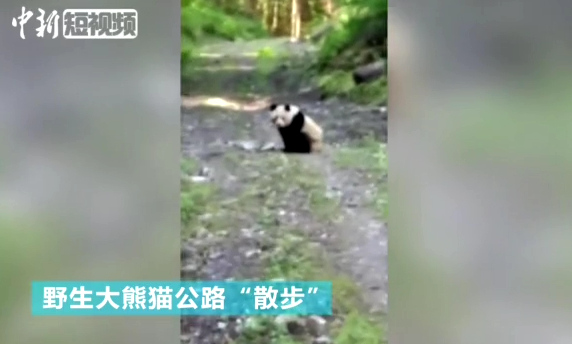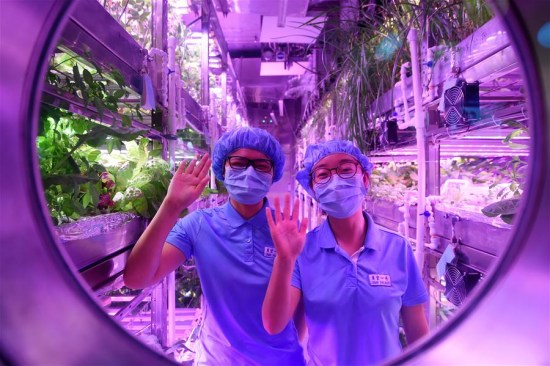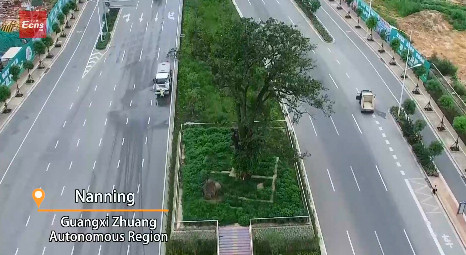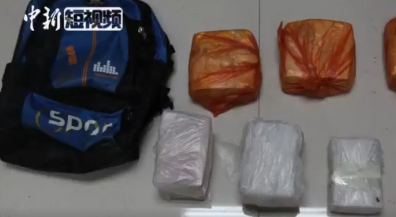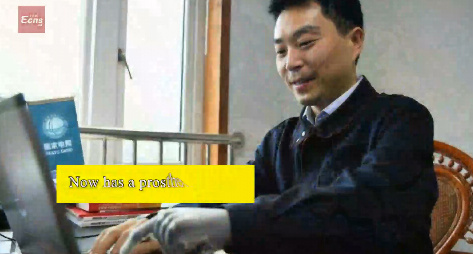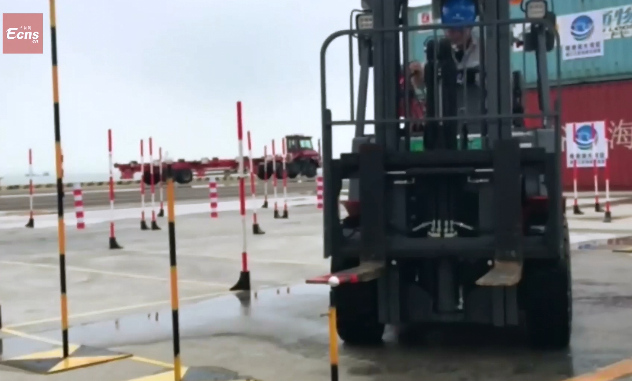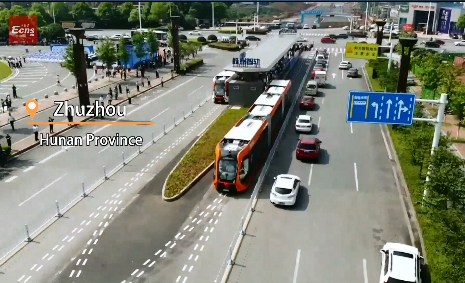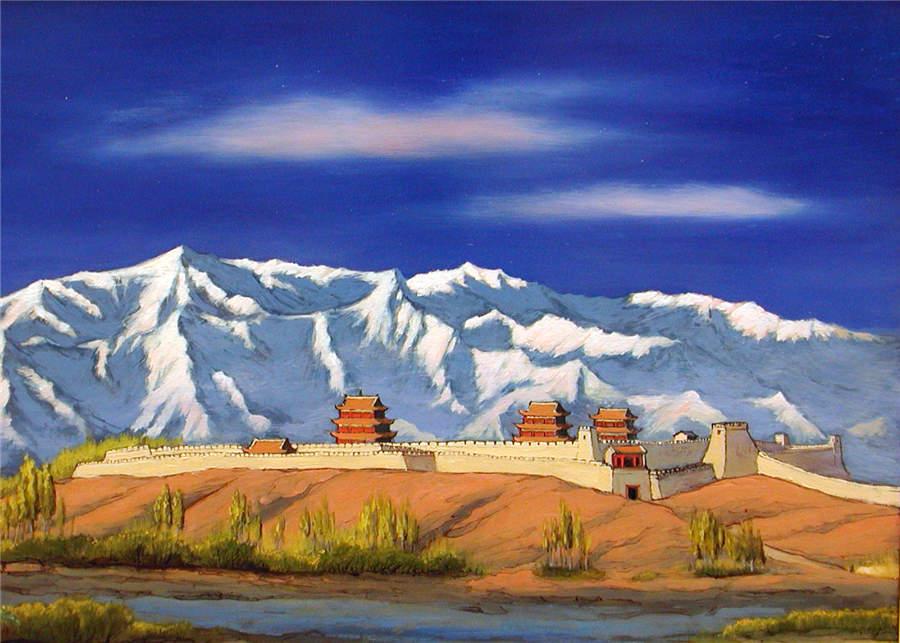
A painting portraying Mogao Grottoes in Dunhuang (Photo provided to China Daily)
Technology
Based on the outlines produced by the technology and the high-definition photos provided by the digital center, artists fill in colors made of special stone such as turquoise, malachite and cinnabarit, and add finer lines that have been missed by the scanner.
"We still need to go to the caves to see the original murals and study their history and artistic styles so we can understand the spirit of the works in those years," Ma says.
The high-definition photo sometimes can be misleading to inexperienced artists.
"They focus too much on the broken or missing parts, and overlook the whole," Ma says.
Wu says the focus of future work at the digital center will be on studying how to present the digital information collect to audiences.
Ma believes artists' work being based on 3-D printed copy works of the murals will become the norm.
In June, the Dunhuang Academy presented the 3-D printed Buddhist sculptures and their holographic images at the recent 12th Five-Year Plan Scientific Innovation Exhibition in Beijing attracting a lot of attention.
"If the new technology can do the job, we will let it do. We artists do what it cannot, such as adding to the thickness and granular sensation of the copies."






